The 2013 solar maximum is almost here, the 10 meter band will be booming soon and you cannot let it go by without using a decent antenna; it would be a shame, considering how cheap it is to build yourself a decent performing beam in this band.
Today I am looking at two of the most efficient designs that a homebrewer can use for such an antenna: the 3 element Moxon and the Spiderbeam; both are variations of the 3 element Yagi and require just a mast, 4 fiberglass fishing rods and some wires to get going.
Of course, this will mean that both will offer a visible performance increase over a vertical, but either of them will be lightweight enough to use in portable operations or at home, requiring a much cheaper rotator and having less footprint than a solid full Yagi.
 |
| Lightweight 10m band antennas: 3el Moxon and Spiderbeam |
The images speak for themselves as how these two antennas are supposed to look like and I won’t go into details about their history or building instructions, there is alot of that around the internet already. What i’m interested in is their performance, so I ran a few simulations with EZNEC; the settings are these:
– 15 meters above medium ground (0.005 / 13)
– 1mm copper wire with 0.3mm PVC insulation
– tuned for optimal SWR from 28 to 28.5MHz
The height is important for this type of antennas and 15m is a good compromise, giving a 10 degrees takeoff angle for the strongest lobe, good enough for long distance DX contacts; at 10m high the angle is 14 deg. and at 30m it would be 5 deg.
 |
| Moxon vs Spiderbeam: elevation plot |
Both antennas have a similar radiation plot, with the Moxon showing almost no penalty in forward gain compared to a full 3el. Yagi while the Spiderbeam is 1.5dB down; the tables turn when we look at front-to-back ratio, here the Spiderbeam shows numbers typical for a full Yagi (25.4dB), while the Moxon is about 3dB down, at 22.1dB.
 |
| Moxon vs Spiderbeam: azimuth plot |
The azimuthal plot helps to explain the lower forward gain of the Spiderbeam: it is wasting more energy because it has a radiation lobe almost 80 degrees wide. The Moxon with a 67 deg. wide lobe is closer to the 61.6 of the full Yagi, wich explains the similar forward gain also.
The Moxon looks as wideband as a full Yagi with a 1.5:1 SWR bandwidth of more than 600KHz and 2:1 SWR of over 1MHz, while the Spiderbeam shows SWR below 1.5:1 in an over 400KHz bandwidth and 2:1 in an over 700KHz bandwidth.
The footprint of these two antennas is the most interesting though, while the Spiderbeam would fit in a 350cm x 350cm square, the Moxon is 390cm long and 422cm wide and the Yagi is 380cm long but 523 cm wide.
Conclusion
Either of the two lightweight antennas can match the 3 element Yagi antenna performance in a more compact and easy to build package. Of course, lightweight construction means it won’t be as reliable in heavy winds or when loaded with ice, but the advantages overcome this disadvantage.
One critical aspect is the length of the elements (especially with the Spiderbeam), wich must be exactly the one in the EZNEC files; even 1-2cm off and the front-to-back ratio or even the forward gain degrades.
You can get the EZNEC files for the Spiderbeam, 3el. Moxon and 3el. Yagi here:

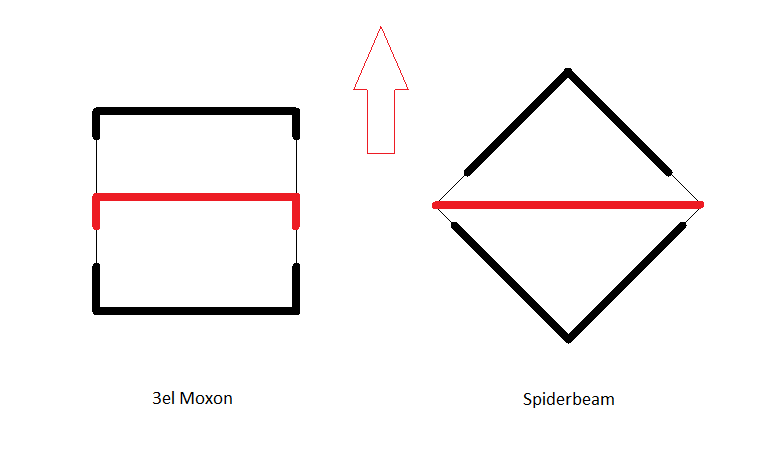


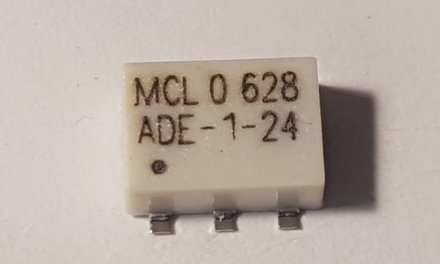
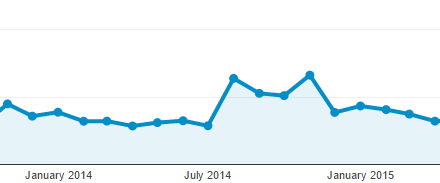

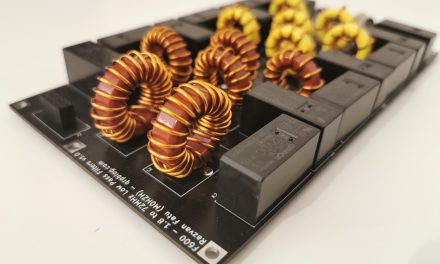
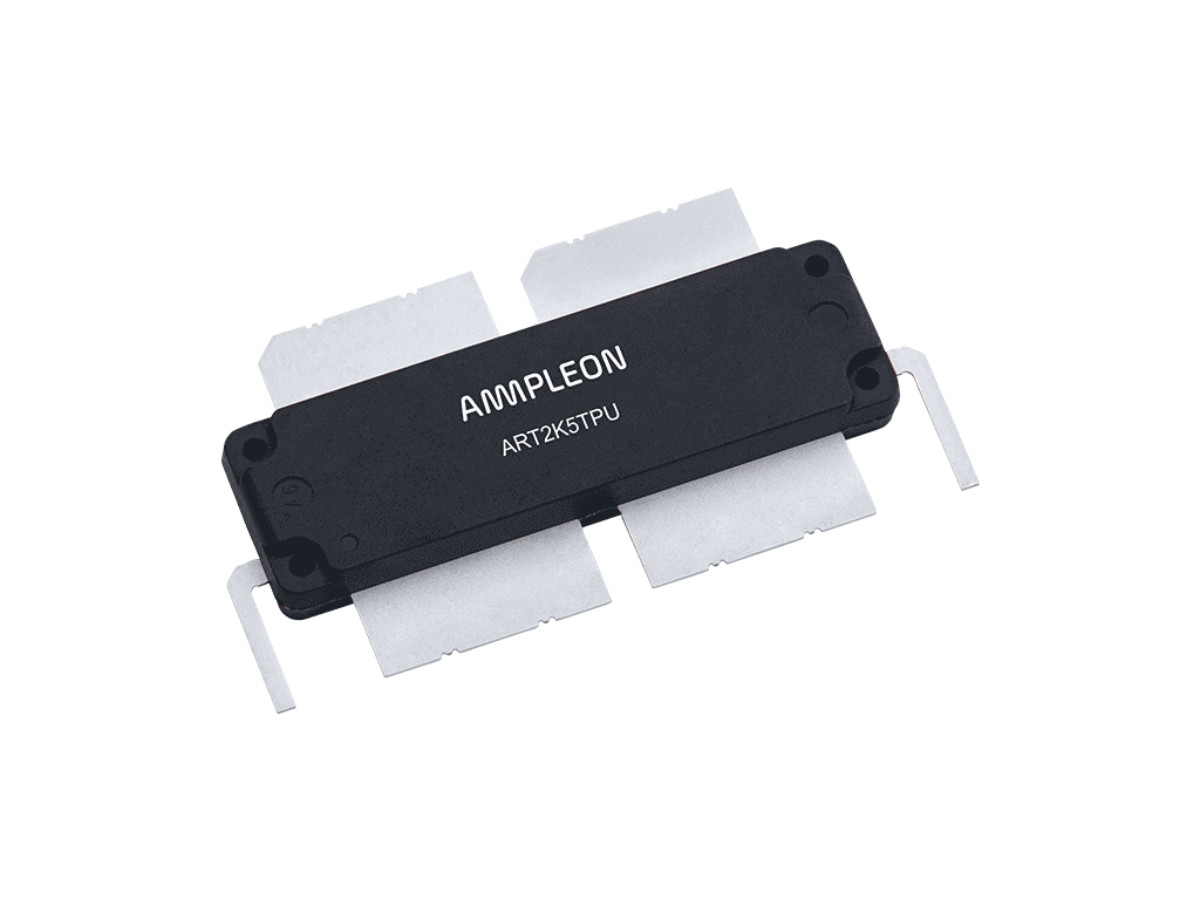
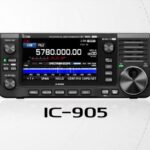
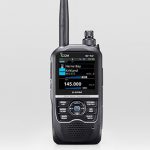

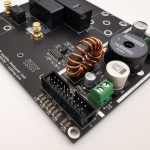
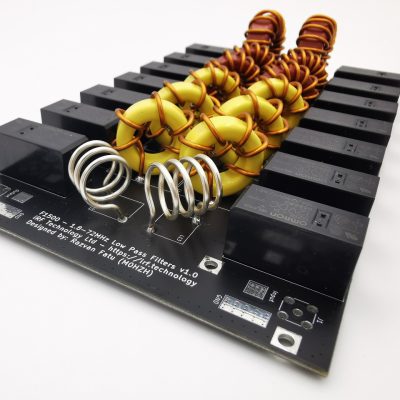
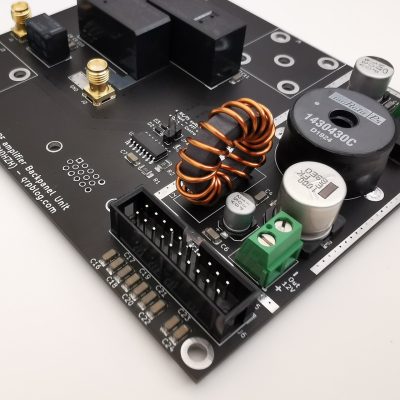
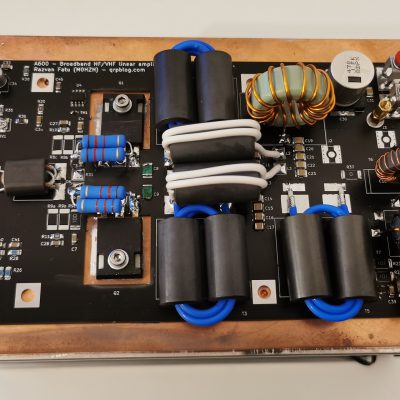
thank you Razvan great ideas on the antennas and amps thanks de 9h1if Charles